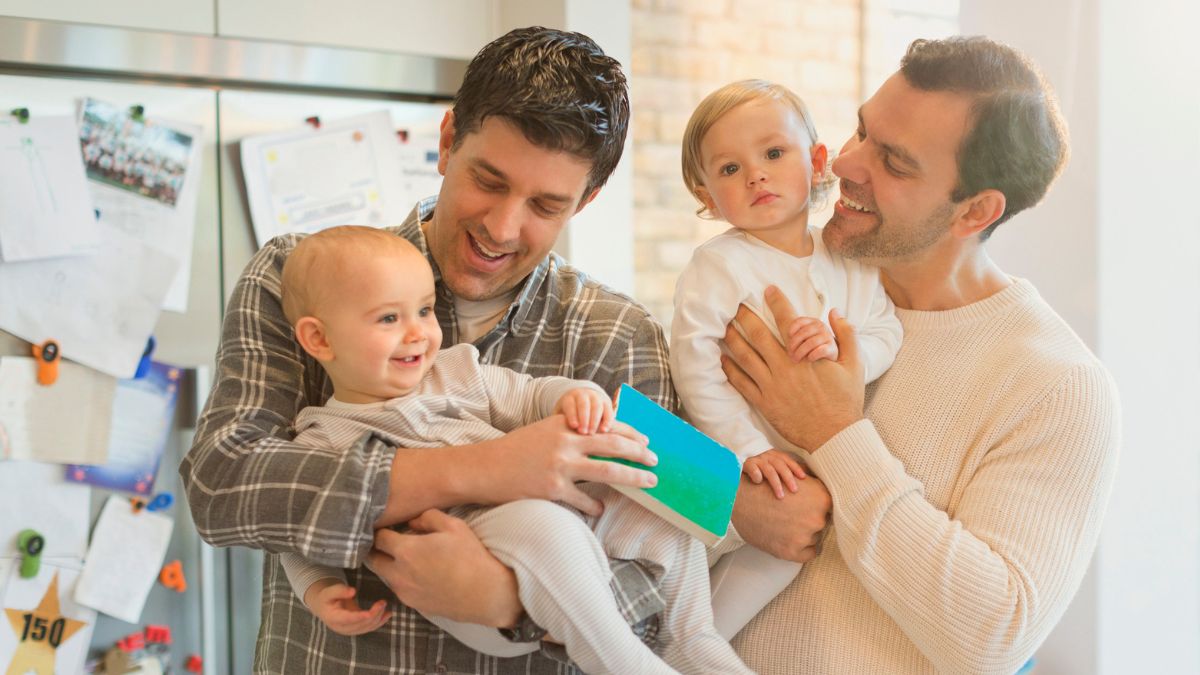- By Priyanka Munshi
- Sat, 13 Apr 2024 05:12 PM (IST)
- Source:JND
When tissue or a portion of the intestines protrudes through a weak area in the abdominal wall, it is termed a hernia in children and babies. The most common type, affecting the groin region, is an inguinal hernia. These are often noticed as a protrusion or swelling, particularly during sobbing or straining. Newborns commonly have umbilical hernias, which present as a protrusion near the belly button.
While hernias in babies and young children may not always cause discomfort, it is important to have them examined by a pediatric surgeon to prevent complications.

Inguinal hernias are common, causing swelling during sobbing or straining.(Image Credit:Canva)
In a conversation with Dr. Pranav Jadhav, Consultant Neonatal and Pediatric Surgeon and Pediatric Urologist at Ankura Hospital for Women and Children in Pune, we discussed hernia symptoms, causes, and treatment in children and babies.
Also Read: 8 Easy Steps Recipe To Make Saturday Special Peri Peri Paneer Sandwich At Home
A hernia occurs when a weakness or opening in the abdominal wall allows tissue such as intestines or fat to protrude, forming a visible bulge. While hernias are more common in adults, they can also affect children and infants.
What Are The Different Types Of Hernias In Children And Babies?
Inguinal hernias are typically found in the groin area, often appearing as a small protrusion or extending into the scrotum or labia. These are common among infants and children. Umbilical hernias emerge at the site where the umbilical cord was attached to the navel or belly button. They typically occur when the muscles surrounding the belly button fail to close after the detachment of the umbilical cord postpartum. A strangulated hernia occurs when a portion of the intestine becomes trapped in the abdominal opening; this is known as incarceration. Umbilical or inguinal hernias in children are caused by openings in the abdominal wall that do not close properly, allowing organs to push through. These hernias may develop shortly after birth or later during childhood.
What Are Certain Factors That Can Elevate A Child's Likelihood Of Developing A Hernia?
These include birth weight, with premature or underweight babies being more susceptible to hernias. Boys are at a higher risk for inguinal hernias, and those with a family history of hernias are also more likely to develop them. Medical conditions such as cystic fibrosis and genetic syndromes can increase the risk of hernias.

A strangulated hernia occurs when a portion of the intestine becomes trapped in the abdominal opening; this is known as incarceration.(Image Credit:Canva)
What Are The Signs Of A Hernia In Children And Babies?
Hernia in children or babies is characterized by a protrusion or swelling close to the groin or navel, discomfort or sensitivity in the groin or lower abdomen, unexplained crying or irritability, and a bulge that increases during exertion, crying, or coughing.
Finally, Dr. Pranav mentioned that in cases of umbilical hernia in children, there is no need to operate until 2 to 2.5 years of age; most of them close on their own. But if they become irreducible, then early intervention is necessary. In inguinal hernia, they will not resolve on their own, and the chances of irreducibility and incarceration are high, so they need to be operated on as early as possible.

